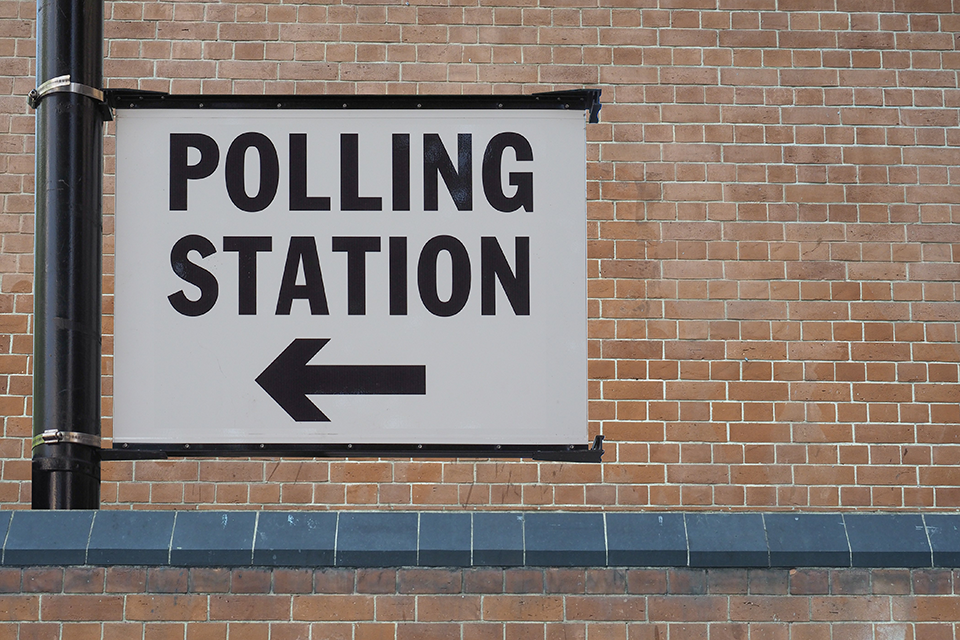“The Blockchain” is one of the technology buzzwords that frequently does the rounds on TV, in the news, and by clueless managers. (I am not inferring my managers if you’re reading this 😉)
Well, what is it? Simply put, it’s a technology that promises transparency, security, and decentralisation, making it a potential game-changer for various applications.
Here in the UK, we’ve just had a general election. Tens of millions of people would have visited polling stations up and down the country and put a tiny X on a piece of paper, in the hope of making democratic change.
As one of the many people staying up all night to watch the count, one intriguing yet controversial idea is — could we start using blockchain for recording votes in elections?
While traditional pen-and-paper methods are great n’all, is blockchain truly a viable alternative?
Blockchain technology, at its core, is a decentralised ledger that records transactions across many computers so that the record cannot be altered retroactively. Predominantly, it is used in Cryptocurrency transactions, such as Bitcoin.
This immutable nature ensures transparency and security, theoretically making it an excellent fit for something as critical as voting. In a blockchain voting system, each vote would be a “transaction” that is verified and added to the ledger, creating an unchangeable record. Cryptography is crucial here, ensuring that votes are encrypted and secure from tampering.
The advantages seem clear: transparency, security, anonymity, and it helps eliminate fraudulent activities. Votes recorded on a blockchain would be visible to everyone, preventing tampering and ensuring every vote counts as it was casted. Counting could be instantaneous, potentially allowing results to be declared much faster than Sunderland’s early bird declarations at around 11:30pm, whilst the majority of country’s results start dropping from 2am / 3am.
Heck, they could even drop shortly after at 10pm…
Additionally, blockchain voting could enable votes to be cast from the comfort of your home, the bus, or any porcelain throne – increasing accessibility and convenience.
However, the practical implementation of blockchain voting reveals significant challenges. Accessibility is a major concern. Ensuring every voter has the technological means and knowledge to cast their vote securely could exacerbate existing inequalities, along with other concerns such as security and secrecy, for example abuse.
While casting votes from home sounds appealing, it requires a robust digital infrastructure and a significant level of digital literacy, which not all voters possess. Additionally, blockchain’s reliance on digital infrastructure makes it susceptible to cyber-attacks. While blockchain itself is secure, the endpoints where votes are cast and initially recorded could be vulnerable.
Trust is a critical issue.
While the blockchain can ensure that your vote is recorded correctly, verifying the legitimacy of all votes on the ledger is more complex. If the state controls the generation of voting “keys”, there’s a risk of fraudulent activity, such as generating surplus keys to manipulate the vote.
Centralised certificate issuers can, have, and will issue incorrect security certificates. For instance, in 2017, Google and the PKI community lost trust in Symantec’s infrastructure after discovering that Symantec issued numerous non-compliant certificates and delegated certificate issuance without proper oversight.
Trusting the organisation responsible for generating voting keys to maintain the integrity of the process is a significant leap, especially if subcontractors are involved, potentially compromising the whole integrity.
You only have to look at the sheer incompetence of Fujitsu and their Horizon IT System and involvement in NHS IT. Along with other terrible outsourcing favourites, G4S and Capita, to understand the issue of letting someone else do it.
In conclusion, while blockchain offers exciting possibilities, its application in voting for UK elections is far from straightforward. The technology’s inherent benefits are overshadowed by practical and logistical challenges, making it an impractical replacement for the tried and tested pen-and-paper method.
Sometimes, the simplest solutions are the most effective, and in this case, sticking with tradition may not be so stupid after all.
After all, if it’s not broken (well the way we CAST the vote, rather than the voting system), why fix it?

